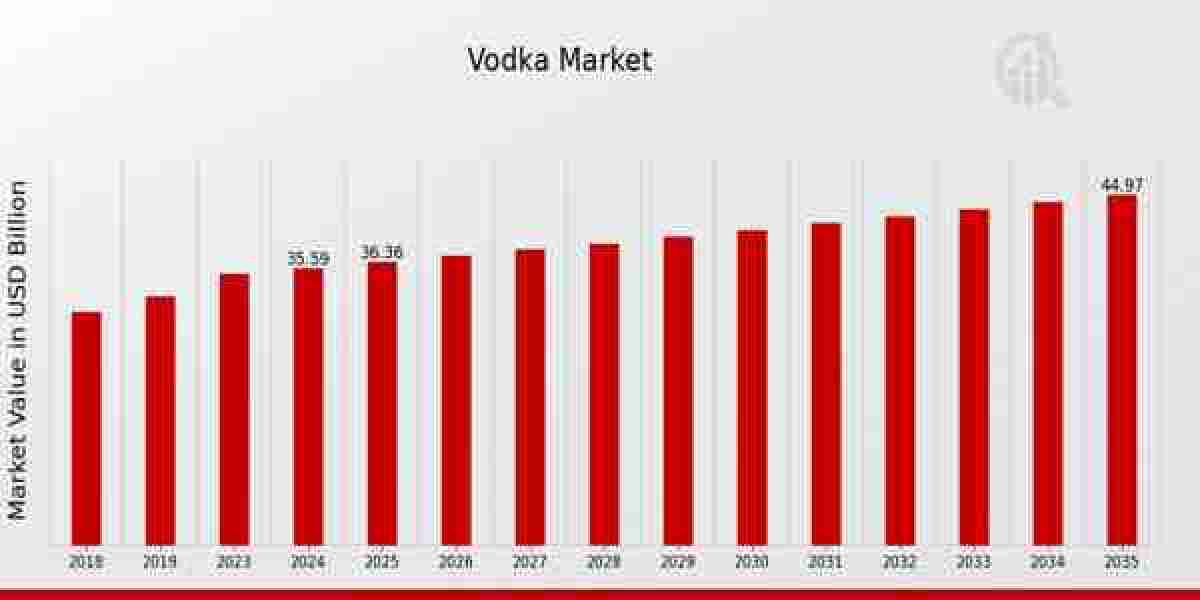In today’s digital-first world, businesses need to ensure they’re accessible and engaging to their customers through multiple digital touchpoints. This is where web and app development come into play, enabling businesses to build a strong online presence and connect with users across platforms. Whether you're a small startup or a global enterprise, having well-designed websites and mobile apps is crucial for reaching your target audience, enhancing user experience, and driving business growth.
This article dives into the world of web and app development, exploring the key concepts, services, technologies, and the reasons why businesses should invest in digital solutionsWhat is Web Development?
Web development refers to the process of building and maintaining websites. It includes everything from designing the user interface (UI) to creating back-end databases and programming functionalities. Web development can be broken down into several areas:
1. Front-End Development
This is the part of web development that focuses on what users see when they visit a website. Front-end developers work on the user interface (UI) and user experience (UX), ensuring that the website is visually appealing and easy to navigate. They primarily use HTML, CSS, and JavaScript to create the layout, structure, and interactive elements of a website.
2. Back-End Development
Back-end development involves creating the server-side logic, databases, and APIs that support the website's functionality. This part of web development ensures that the website can process requests, retrieve data, and perform operations without showing users the complex code running behind the scenes. PHP, Python, Ruby, Java, and Node.js are common languages used for back-end development.
3. Full-Stack Development
A full-stack developer is proficient in both front-end and back-end development, making them capable of building an entire web application. Full-stack development enables a more cohesive approach to building and maintaining websites, as it integrates both the visual and functional aspects into one solution.
What is App Development?
App development refers to the creation of applications specifically designed for mobile devices such as smartphones and tablets. In an age where mobile usage is surging, businesses must create mobile apps to meet customer demands for convenience and accessibility. App development typically involves two primary categories:
1. Native App Development
Native apps are built for specific platforms, such as iOS or Android, using platform-specific programming languages. For example, Swift is used for iOS development, while Kotlin or Java are used for Android. Native apps provide high performance and seamless integration with the platform's features, making them ideal for apps that require advanced functionality.
2. Cross-Platform App Development
Cross-platform development involves creating a single app that can run on multiple platforms, such as iOS, Android, and Windows, using a common codebase. Technologies like Flutter, React Native, and Xamarin are used for cross-platform app development, offering businesses a cost-effective way to reach users on different devices.
Key Web and App Development Services
Web and app development companies offer a wide range of services that are crucial to building successful digital products. Some of the core services include:
1. Custom Web Design and Development
A custom website design ensures that your website stands out from the competition. Developers and designers work together to create a website that is not only visually appealing but also functional, mobile-responsive, and search-engine optimized (SEO).
2. Mobile App Design and Development
Mobile app development involves designing intuitive, user-friendly apps that provide seamless experiences across devices. Whether it's a native app or a cross-platform solution, app developers create apps that are optimized for performance and user experience.
3. E-Commerce Solutions
With the rise of online shopping, businesses need e-commerce websites that can handle product listings, payments, and inventory management. Development companies offer solutions that include shopping cart integration, secure payment gateways, and order tracking systems.
4. Software Integration
Web and app development companies help integrate different software systems to ensure smooth data flow and efficient operations. Whether integrating third-party APIs or combining systems like CRM, ERP, or marketing platforms, these solutions help streamline business processes.
5. UI/UX Design
User Interface (UI) and User Experience (UX) design are critical for the success of both websites and apps. UI/UX designers focus on how users interact with the app or website and strive to create intuitive, aesthetically pleasing designs that enhance user engagement and satisfaction.
Technologies Used in Web and App Development
Technology is constantly evolving, and keeping up with the latest tools and frameworks is key to staying competitive in web and app development. Some of the most popular technologies used today include:
1. HTML, CSS, and JavaScript
These are the building blocks of front-end web development. HTML defines the structure of a webpage, CSS controls the styling, and JavaScript adds interactivity.
2. React and Angular
React is a popular JavaScript library for building user interfaces, while Angular is a TypeScript-based framework for developing single-page web applications (SPAs). Both frameworks are widely used in front-end development for creating dynamic and fast-loading websites.
3. Node.js and Express
Node.js is a runtime environment for executing JavaScript code server-side, while Express is a framework for building web applications using Node.js. Together, they offer fast and scalable back-end solutions.
4. Swift and Kotlin
For mobile app development, Swift is the preferred language for iOS apps, and Kotlin is used for Android apps. Both languages are known for their simplicity, speed, and integration with their respective platforms.
5. Flutter and React Native
Both Flutter (developed by Google) and React Native (developed by Facebook) are used for cross-platform mobile app development. These frameworks allow developers to write a single codebase that can be deployed on multiple platforms, reducing development time and cost.
Benefits of Web and App Development
1. Increased Accessibility
Having a well-designed website and app allows your business to be accessible to customers 24/7. This helps in engaging a broader audience and providing them with easy access to your products or services from anywhere in the world.
2. Better User Experience
Web and app development focus on UI/UX design ensures that your website and app are easy to navigate and provide users with the best possible experience, leading to higher user engagement and retention.
3. Improved Brand Identity
A customized website and mobile app help businesses reinforce their brand identity and stand out in the crowded digital marketplace. Consistent branding across platforms builds trust and credibility with users.
4. Increased Conversion Rates
A well-developed website or app with intuitive navigation, fast loading times, and smooth functionality encourages users to make purchases or sign up for services, leading to improved conversion rates and increased revenue.
5. Scalability and Flexibility
Websites and apps developed by professional companies are designed to scale with your business. As your company grows, your website and app can easily be updated to accommodate new features, products, and services.




